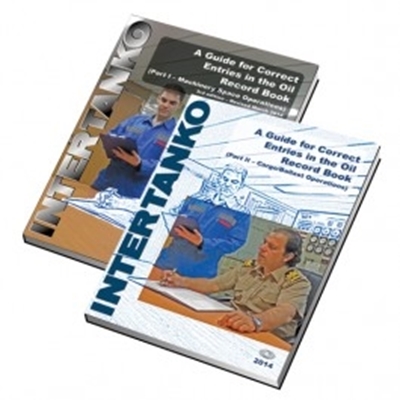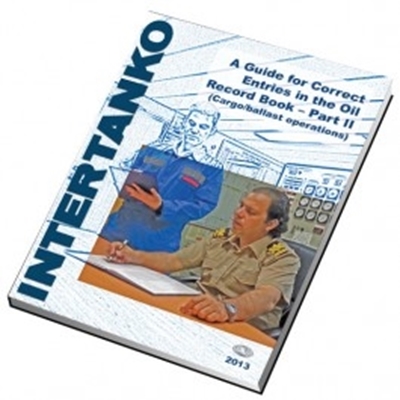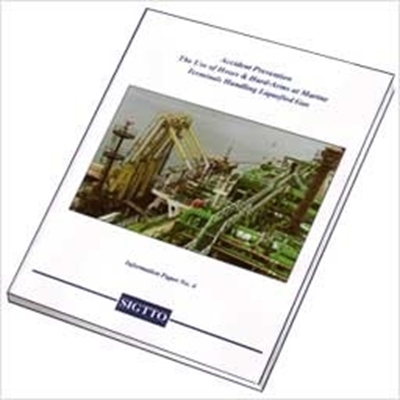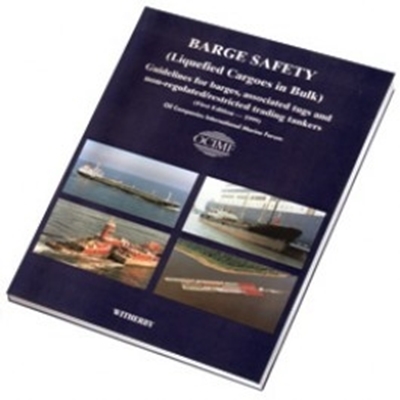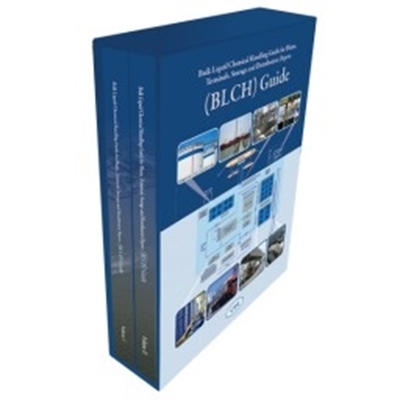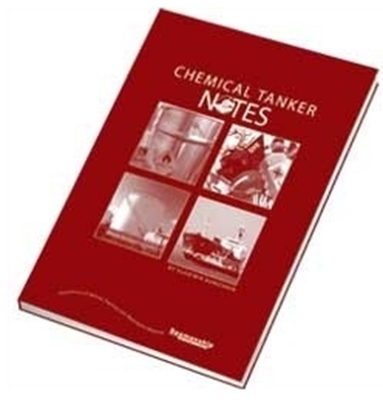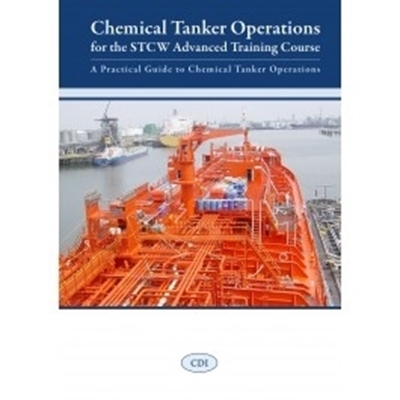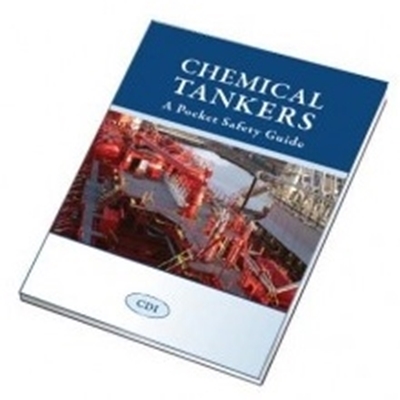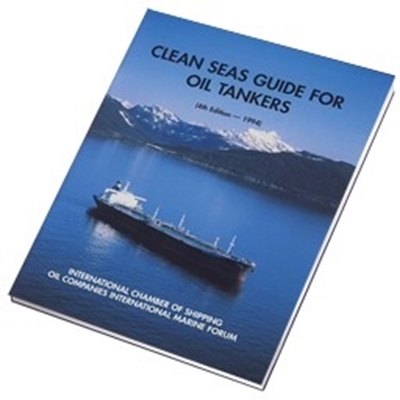Close
- Charts & Publications
-
Marine Industry

-
Recreational

-
Land Market

-
Harbour equipments
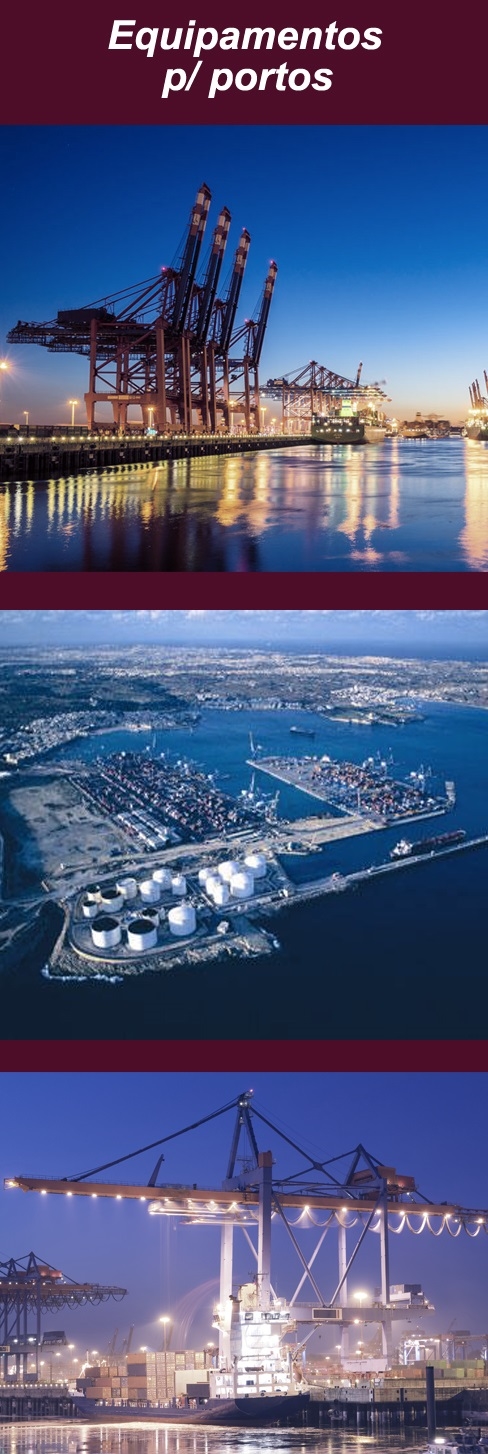
- Proteção Covid-19
- About Us
- Novidades
- Marcas
- Contacts
- Serviços
- Articles
Menu
(0)
items
You have no items in your shopping cart.
All Categories
Menu
Shopping cart
Filters
Personal menu
Preferences
Search
- Home /
- Charts & Publications /
- Publications /
- Tankers - Chemical, Oil / Petroleum, LPG / LNG /
- Application of Amendments to Gas Carrier Codes Concerning Type C
Related Products
-
A Guide for Correct Entries in the Oil Record Book Part I & II
Call for pricing -
A Guide for Correct Entries in the Oil Record Book VOL I
Call for pricing -
A Guide for Correct Entries in the Oil Record Book VOL II
Call for pricing -
Accident Prevention (IP no.4) The Use of Hoses and Hard-Arms
Call for pricing -
Barge Safety (Liquefied Cargoes in Bulk)
Call for pricing -
Bulk Liquid Chemical Handling Guide for Plants, Terminals, Stora
Call for pricing -
Chemical Tanker Notes, 2006
Call for pricing -
Chemical Tanker Operations for the STCW Advanced Training Course
Call for pricing -
Chemical Tankers, A Pocket Safety Guide, 2013
Call for pricing -
Clean Seas Guide for Oil Tankers 4th Edition 1994
Call for pricing
Customer service
Contact Us
- Praceta Augusto Dias Silva, 94 2B 2785-521 Sao Domingos de Rana
- info@jgarraio.pt
- Tel.: +351 213 473 0810

Copyright © 2024 JGARRAIO. All rights reserved.
As fotos apresentadas podem não corresponder as configurações descritas.
Preços e especificações sujeitos a alteração sem aviso prévio.
A J. Garraio declina qualquer responsabilidade por eventuais erros publicados no site.
As fotos apresentadas podem não corresponder as configurações descritas.
Preços e especificações sujeitos a alteração sem aviso prévio.
A J. Garraio declina qualquer responsabilidade por eventuais erros publicados no site.
All prices are entered including tax. Excluding shipping
Powered by nopCommerce
Desenvolvido pela Agência PRIMEWAY - Plataformas Digitais • Design • Marketing Digital
